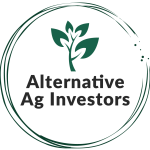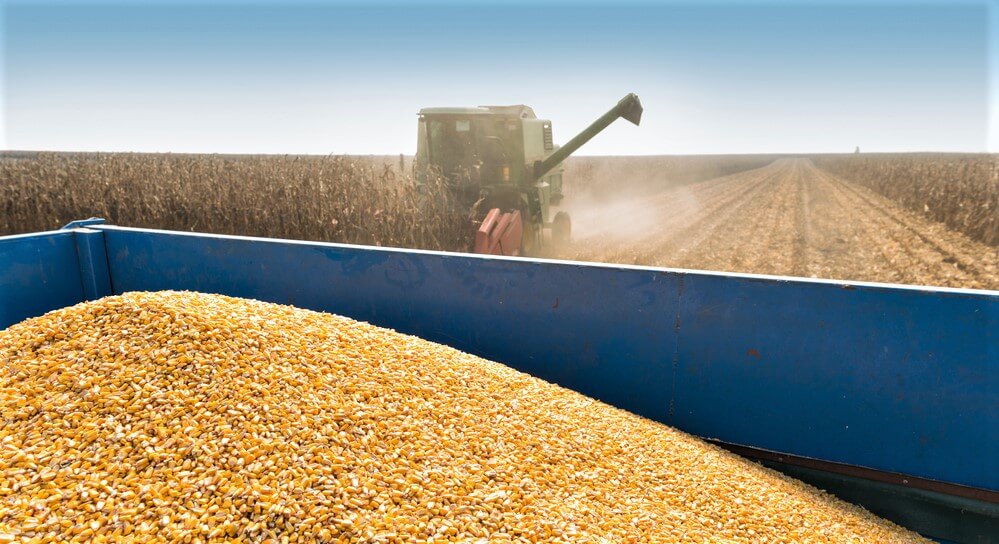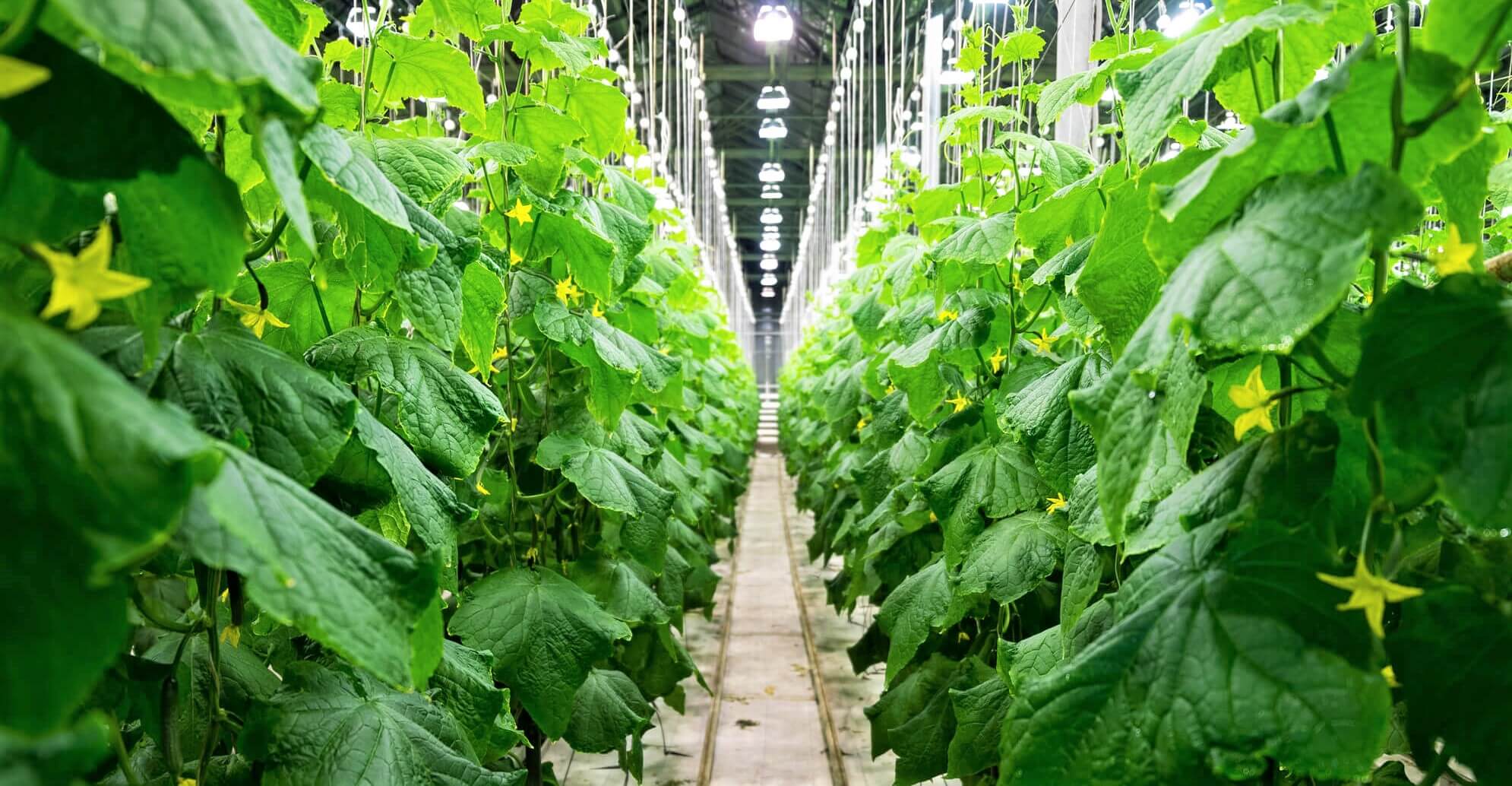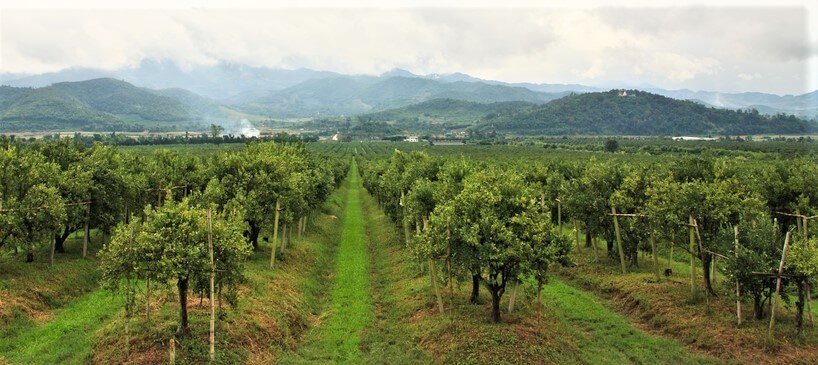Inflation is coming. No, inflation is here… big time. And not just in the United States… it will likely be a lasting …

Alternative Ag Investors Passive Income From Farmland Ownership
Dragon Fruit
Offer at a glance:
- Location: Coclé Province, Panama
- Price: $49,500 USD
- IRR: 11.7% to 16.6% annually (fluctuations based on yield and price)
- ROI: 323% to 524% over 30 years
- Estimated Yearly Net Revenue: $7,459 to $10,992
- First payment: 24 to 36 months from purchase (depending on construction and purchase date)
- Duration: 30 years (with automatic renewal)
- Title: Land lease and Title of Assets (you own a portion of the greenhouse and all systems)
- Project size: 25 hectares
- Minimum purchase: 1 nave (250 square meters)
Dragon Fruit: A Unique Product with Increasing Demand
The dragon fruit (also known as Pitaya or Strawberry Pear) is the fruit of a type of cactus and native to Mexico, Central America, and South America. It was brought to Asia through Vietnam by the French in the mid-1800s and continues to be a very popular fruit throughout Southeast Asia. The plants can flower and produce fruit between 3 and 6 times per year depending on growing conditions.
The exotic-looking dragon fruit flesh can range from white (with pink or yellow skin) to hot pink or deep red with very small, edible black seeds. Flavor is associated with flesh color: whitish dragon fruit often has a mild taste while darker, redder flesh can be sweeter and juicer. The flowers can be eaten as a vegetable (similar to squash flowers) or made into a tea. The fruit’s texture is often compared to that of kiwi because of its black, crunchy seeds.
 Dragon fruit is antioxidant-rich and the peel is used in manufacturing as a thickener and as a natural food coloring. The fruit is loaded with fiber, contains prebiotics that promote good gut health, and is a good source of magnesium.
Dragon fruit is antioxidant-rich and the peel is used in manufacturing as a thickener and as a natural food coloring. The fruit is loaded with fiber, contains prebiotics that promote good gut health, and is a good source of magnesium.
The primary uses are for juices, smoothies and offer a pop of color in salads and desserts. The product is sold fresh, canned, juiced and IQF (Individual Quick Freezing). There is even a dragon fruit-flavored Red Bull product.
Dragon fruit plants are considered a climbing cactus, and commercial orchards need to use some form of trellising to support the plant. Dragon fruit plants can produce fruits after one year of establishment and can stay in production for 20 to 30 years.
Market Demand
While the Asia/Pacific region is the largest market for dragon fruit, especially China, a worldwide CAGR of 3.9% is forecast over the next 5 years. While that isn’t a flashy number, it includes the Asian market, which is already fairly saturated. Vietnam is the world’s primary grower of dragon fruit, with over 90% of their product exported to China. Europe is the fastest-growing region for the fruit, primarily because this is a relatively new product in the market.
According to market analyst Mordor Intelligence, “The dragon fruit market is growing at a robust rate, owing to the increasing demand for fresh dragon fruit. Additionally, the demand for exotic tropical fruit is on the rise in recent years due to various health benefits that they offer and an overall increase in disposable income of the consumers, especially in developing nations. These are the major factors that are driving the market growth of dragon fruits.”
Risk and Inflation Hedge
Like all agricultural products, there are risks associated with growing dragon fruit. While it is a very draught-resistant plant, the biggest risk is over-watering. In this case, the risk has been mitigated by growing in a greenhouse where the water is easily controlled.
As with several other products they grow, and further minimizing the risk, the company is farming dragon fruit at the request of one of the biggest greenhouse growers in the world, a Spanish produce grower with over 6,000 hectares of greenhouses already in operation. In other words, your product already has a buyer.
This 40-year old Spanish company is supplying proven greenhouse technology including the structures, growing medium and irrigation equipment. In addition, they are sending experts in their technology and processes to Panama for 18 months to help with the construction, installation, planting and training.
Because of the already high demand for the fruit, inflationary pressures only serve to make the product more valuable, especially if your home country doesn’t use the U.S. dollar.
Why This Product is Unique
Although an ancient fruit, it is relatively new in the North American and European markets. It is showing up in more and more retail stores and is therefore recognizable by many, but still a novelty to most. The use of dragon fruit in flashy ways in high-end restaurants and the foodie scene is opening the door to wider use and a significant increase in demand.
News articles over the last several years in the industry periodical The Packer show not only increasing consumer demand but a clear preference for dragon fruit grown in Central and South America. Growers in the U.S. already can’t keep up with demand and must import to supplement their domestic supply.
An Environmentally Responsible Investment
The farm management company has implemented the Global G.A.P. international agricultural and smart farming standards throughout all of their operations worldwide; a set of farm management practices that ultimately create positive social and environmental impacts.
Because the plant has an average 20 to 30-year longevity and is drought resistant, it is a sustainable choice for farmland investors.
As individual plants become less productive, they will be replaced with new ones.
Growing in a greenhouse using drip irrigation significantly reduces water consumption. Excess water is collected and reused so that there is no waste.
The required environmental impact studies have already been completed and approved by the Panamanian government, so ground-breaking will commence with the beginning of the dry season in January 2022.
The Company
The management company is vertically integrated and has been around since 2012. In addition to over 2,500 hectares of managed farmland in Panama, they also purchase produce from local co-ops in Panama, Peru and Mexico. They have processing facilities in Panama and Peru, and their sales arm has focused on signing contracts directly with retailers in Panama, the U.S., Europe and China.
 When the company was getting jerked around by cold storage operators in Rotterdam, they built their own. When an up-and-coming technology-focused irrigation company in Israel came on the market, they were brought into the fold. This is a seed-to-table operation, controlling every step of the process.
When the company was getting jerked around by cold storage operators in Rotterdam, they built their own. When an up-and-coming technology-focused irrigation company in Israel came on the market, they were brought into the fold. This is a seed-to-table operation, controlling every step of the process.
Products grown in Panama include guava, several types of mangos, plantains, both Haas and Tropical avocados, limes, cucumbers, melons, and now dragon fruit.
The Offer
The all-in price per nave (250 square meters) is $49,500; you own your portion of the greenhouse and all the associated equipment. There is an annual crop care fee of $3,100. The crop care fee is deducted from your annual harvest payment, yielding an estimated net revenue payment to you of $7,459 to $10,992.
Average income and the IRR may fluctuate based on the market conditions and crop size. I tend to be conservative when considering an investment offer, so I would assume the 11.7% IRR and associated annual returns of $7,459. If you assume the lower targets and receive higher returns, it will be a pleasant surprise.
Harvest payments are made annually in the 1st quarter of the year. Your first payment comes after year 2, but be aware that the first payment may be less than projections depending on what time of year your greenhouse is built and put into production. In other words, if you purchase in November, don’t expect a full year’s harvest in year 2.
The specific species being planted is self-pollinating and will be harvested 9 months of the year. This is a red variety and 100% of the harvest will be exported to Europe.
You also need to know that building your greenhouse is dependent upon having the construction materials available and that the rainy season can slow down the construction process. That said, your first dragon fruits should be planted within 9 months of construction beginning. Apart from the fans, there are very few moving parts in the greenhouse but I would still anticipate that there may be equipment updates required during the 30-year term.
An important feature of the offer is that the farm management company participates in the income generated from your property. This means that management has skin in the game; the better the overall income the more that they make, so they have a real interest in maximizing the yield from your greenhouse. In this offer, the management company gets 15% and you get 85% of the net revenue.
One thing to be aware of is that even if the year’s crop is way below expectations, you still owe the crop care fee. This is likely a rare event because the company also doesn’t get paid if there is a revenue shortfall. However, this happened with other crops in 2020 because of Covid; the near-total lockdown in Panama prevented routine maintenance and even harvesting. Rather than ask that the crop care contribution be paid, the management company proactively offered to deduct it from the next year’s harvest proceeds.
The Bottom Line
According to the farm management company, demand is exceeding supply nearly 10:1 in the US, China and Europe. In other words, you’ll be buying into a market on the verge of exploding and you’ll be poised to handsomely profit from that event.
Even at the bottom-end 11.7% IRR, that is well above average stock market returns. Projected net income over 30 years is between $159,898 and $259,717; not bad for a $49,500 investment.
I think the fact that you and the farm management company share an interest om having a profitable operation makes it more likely that they will do everything possible to make it happen.
At the time of writing, since the 2007 reform to the tax code in Panama, your income will be tax-free in Panama as long as it remains below the threshold of $350,000.
This opportunity is perfect for people:
 Who understand the value and importance of sustainable farming
Who understand the value and importance of sustainable farming- That are forward-thinking investors focused on their long-term financial health and building generational wealth
- Building a portfolio that is not correlated to the stock and bond markets
- Looking to create a hedge against inflation while minimizing financial risk
- Seeking off-shore investment opportunities
- Who want payments to begin earlier than permaculture investments
- Seeking a regular passive income revenue stream
If you’re interested in more details, including the company brochure and full financials, click the link below and learn how this opportunity can be a part of your portfolio.
BLOG POSTS
Regardless of what you may think about the recent antics involving GameStop and other stocks, you may have noticed that folks who …
If you’ve been thinking about putting some of your money into farming, congratulations – you’re the type of person who thinks outside …
According to the U.S. Department of Agriculture, roughly 15 billion bushels of corn are grown in an average year in the U.S. …
Are your loved ones prepared for uncertain times ahead? Will they have enough financial resources to weather rough times? Do they have …
Are greenhouses the wave of the future for produce farming? Many experts think so and it might be time for you to …
Farmland. It’s a tremendous long-term investment and, like most alternative investments, you can get some idea of its value by who chooses …
You’ve been working hard and looking down the road towards the day you get to stop working. You’ve been socking away money …
You’ve got some investments but you’re worried about the future. You’ve done your research. You know it’s critical that you diversify your …
Although not an exact quote, that line from Samuel Taylor Coleridge’s 1798 poem the Ancient Mariner is becoming increasingly true at a …
Most of my blog posts are topical, but this week I’m writing about my inspection tour of the greenhouse that my wife …
My Fair Lady Mangos Shortly after booking my flight to Panama, I learned that there had been a fire on the …
During my last trip to Panama, I met with the president of an amazing company that produces specialized coffee and cacao. I …
Update: I originally wrote this blog post on May 29. I knew things were bad at that point, but now they are …
Owning managed farmland is a smart investment. Managed farmland consistently increases in value, is a strong inflation hedge, outperforms the stock market, …
My wife and I reprised our Maui honeymoon during the first 10 days of September and had a fabulous time. When we …
In 2008, as the U.S. and the world were facing a dramatic economic downturn, NuWire Investor developed a list of the top …
Sometimes I hate it when I’m right. Unfortunately, my prediction early last year that we would suffer serious inflation in 2022 has …
Over the years, I have been frequently asked what sustainable agriculture is and why it’s important. And last month Jose, a prospective …
Eight billion. According to the United Nations, that’s the estimated milestone population of the Earth as of November 15. The most current …
Amazing! I recently returned from a multi-day tour of the AgroNosotros coffee and cacao farms in western and north Panama and was …
 Who understand the value and importance of sustainable farming
Who understand the value and importance of sustainable farming




















